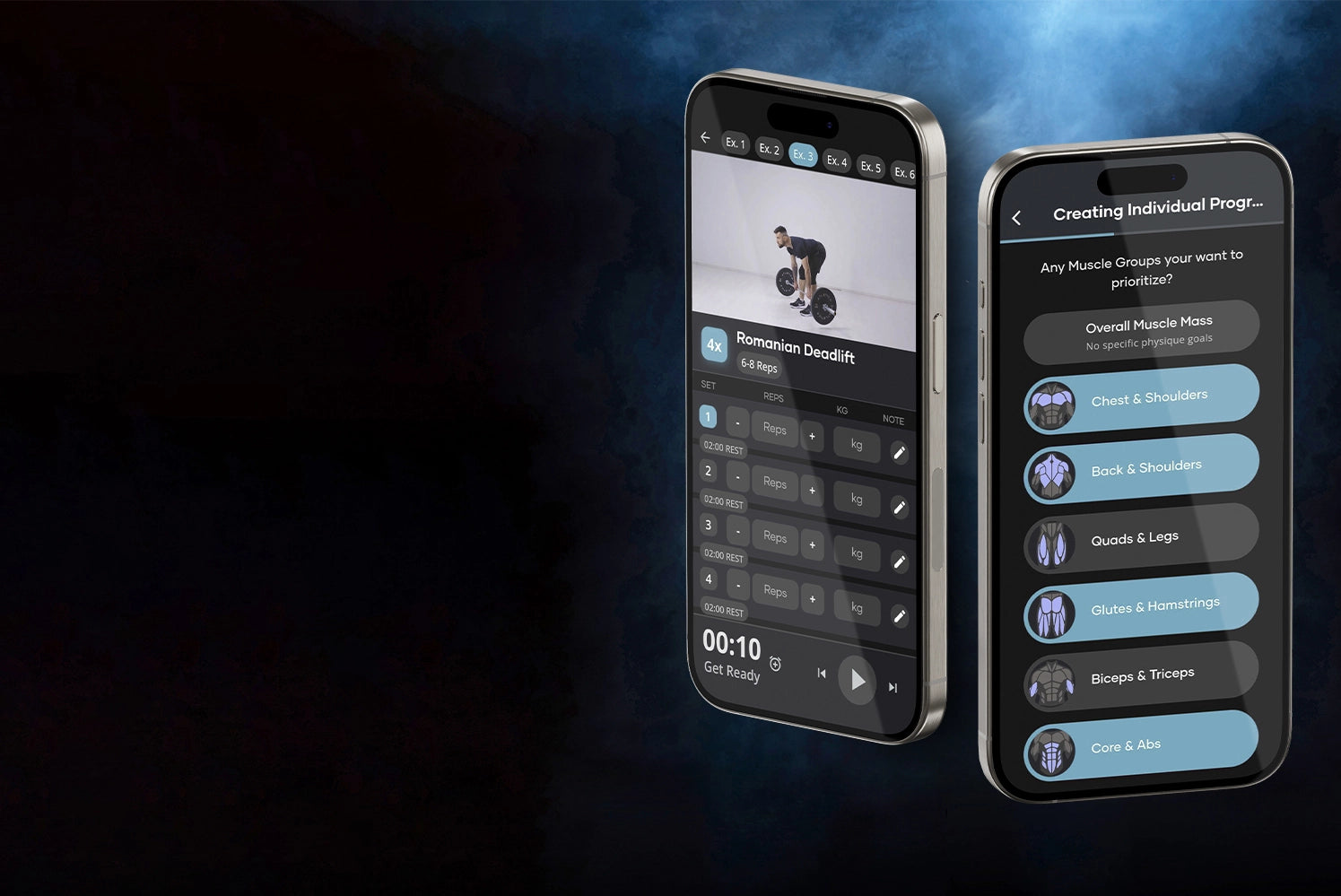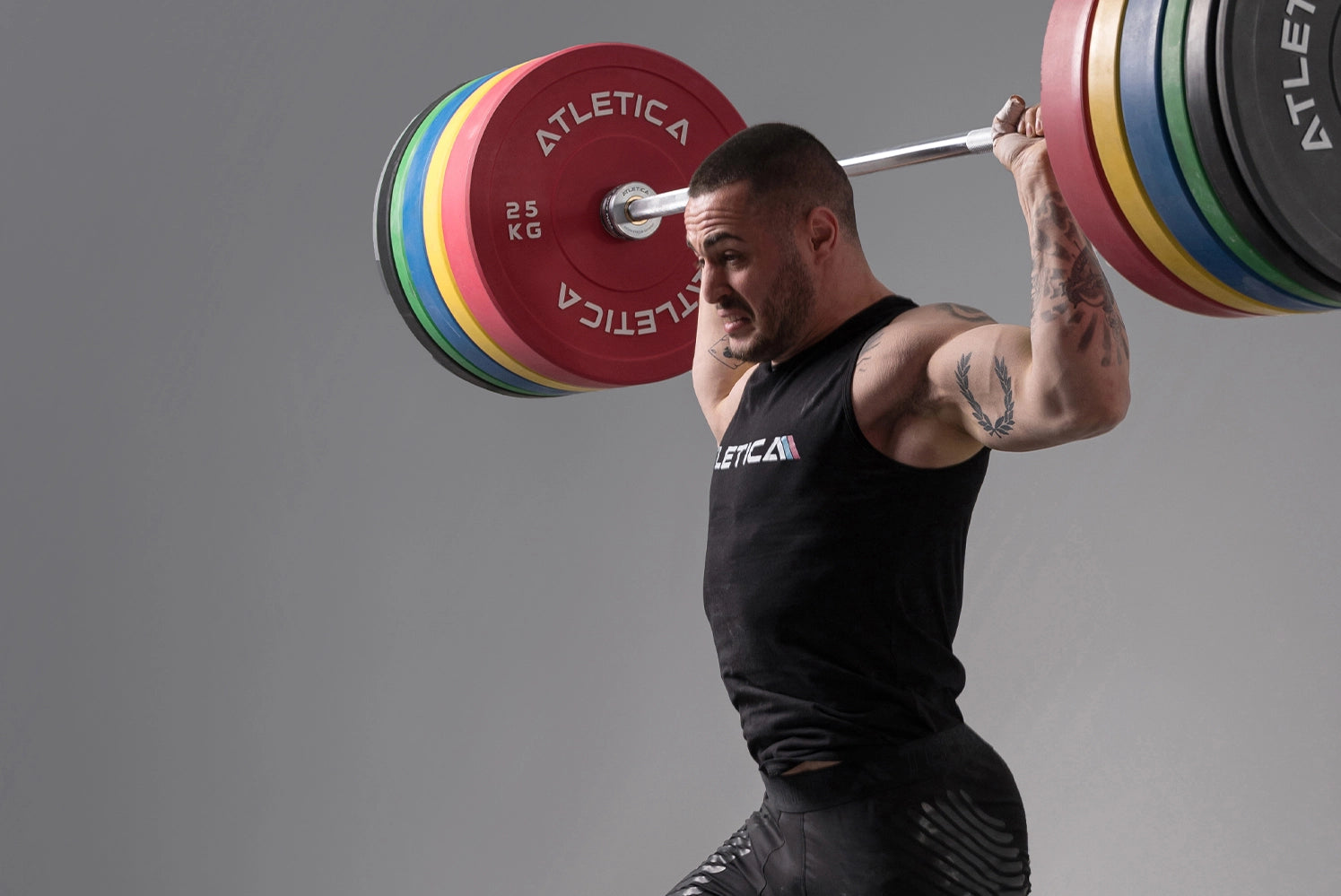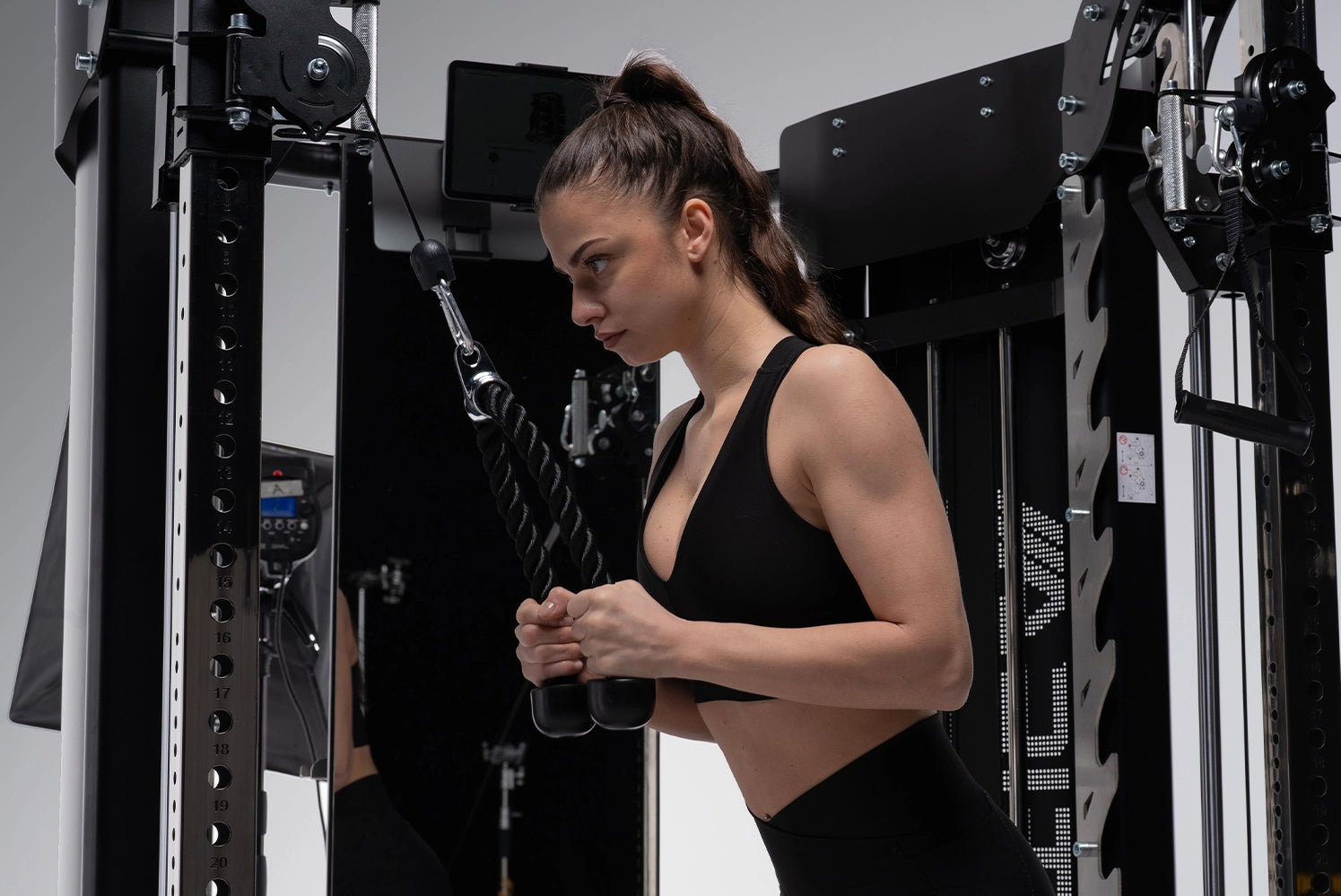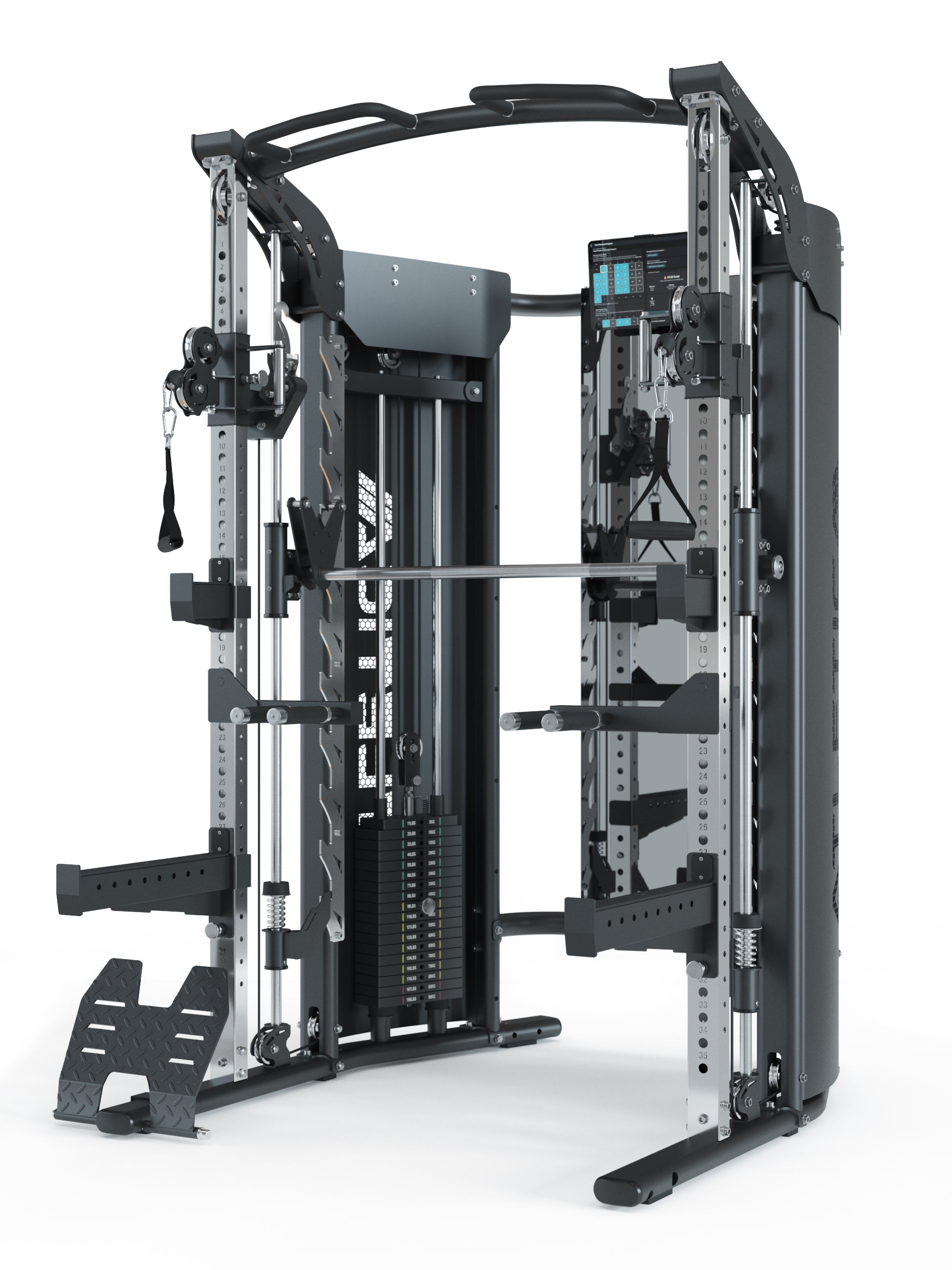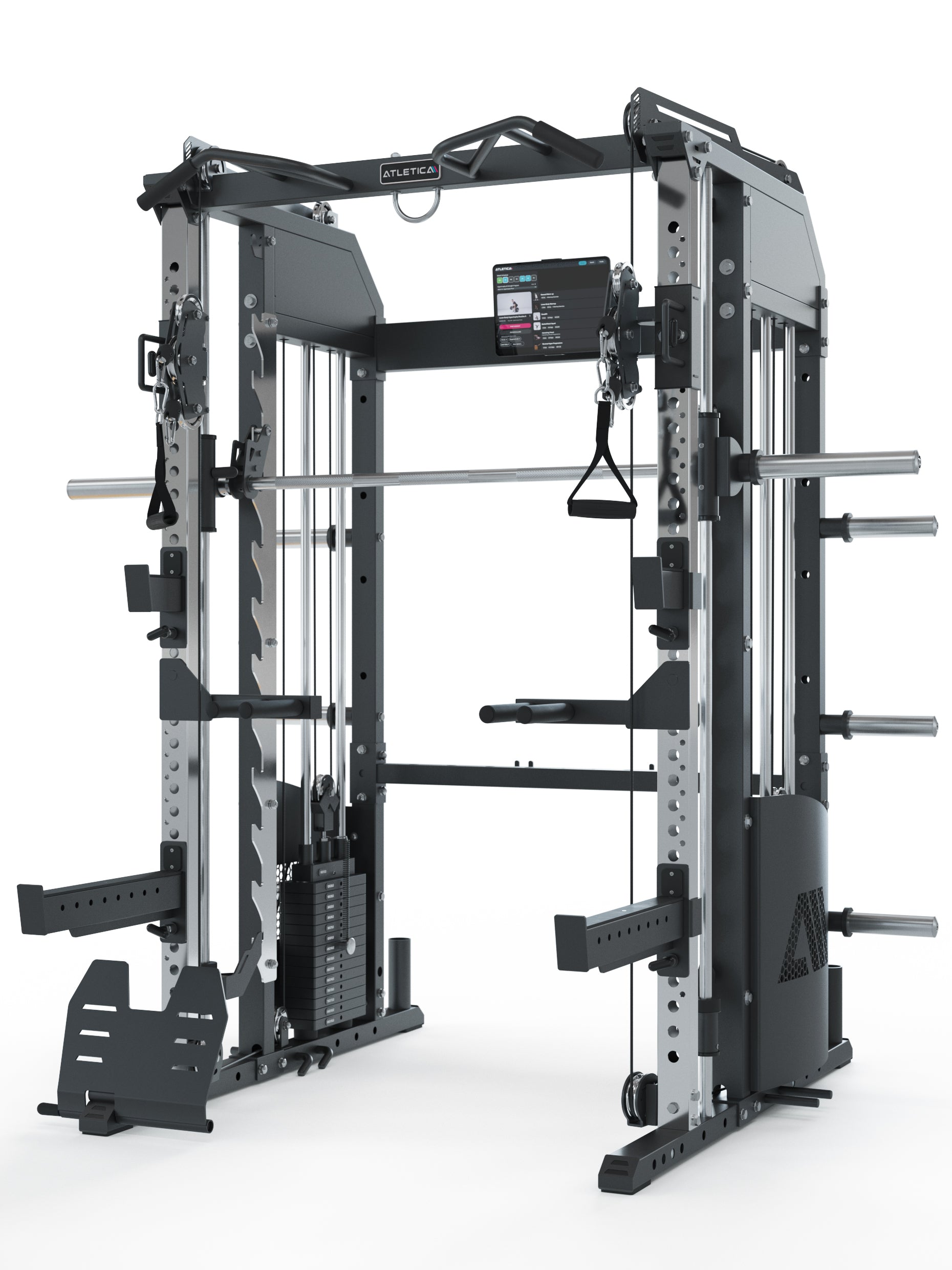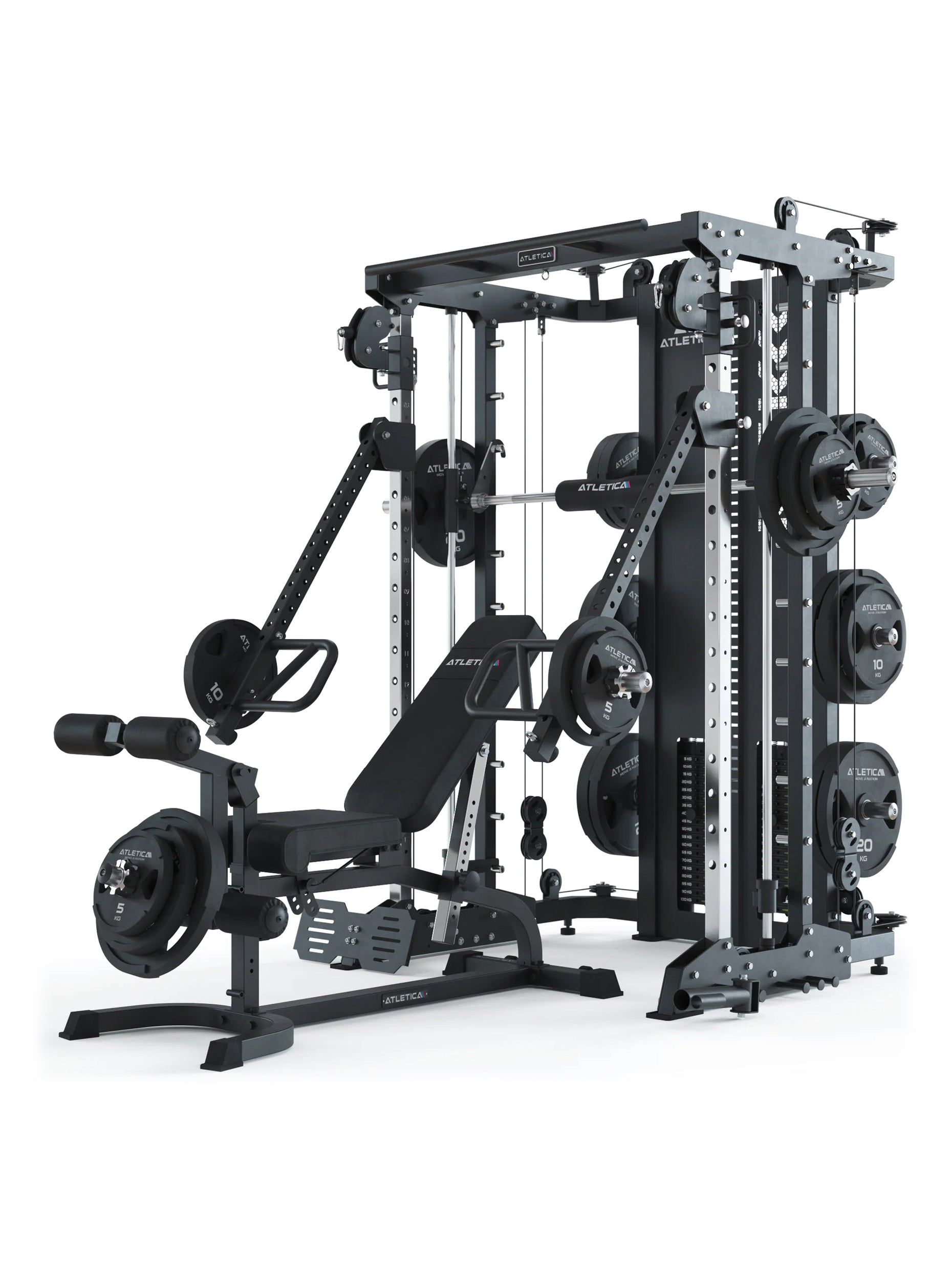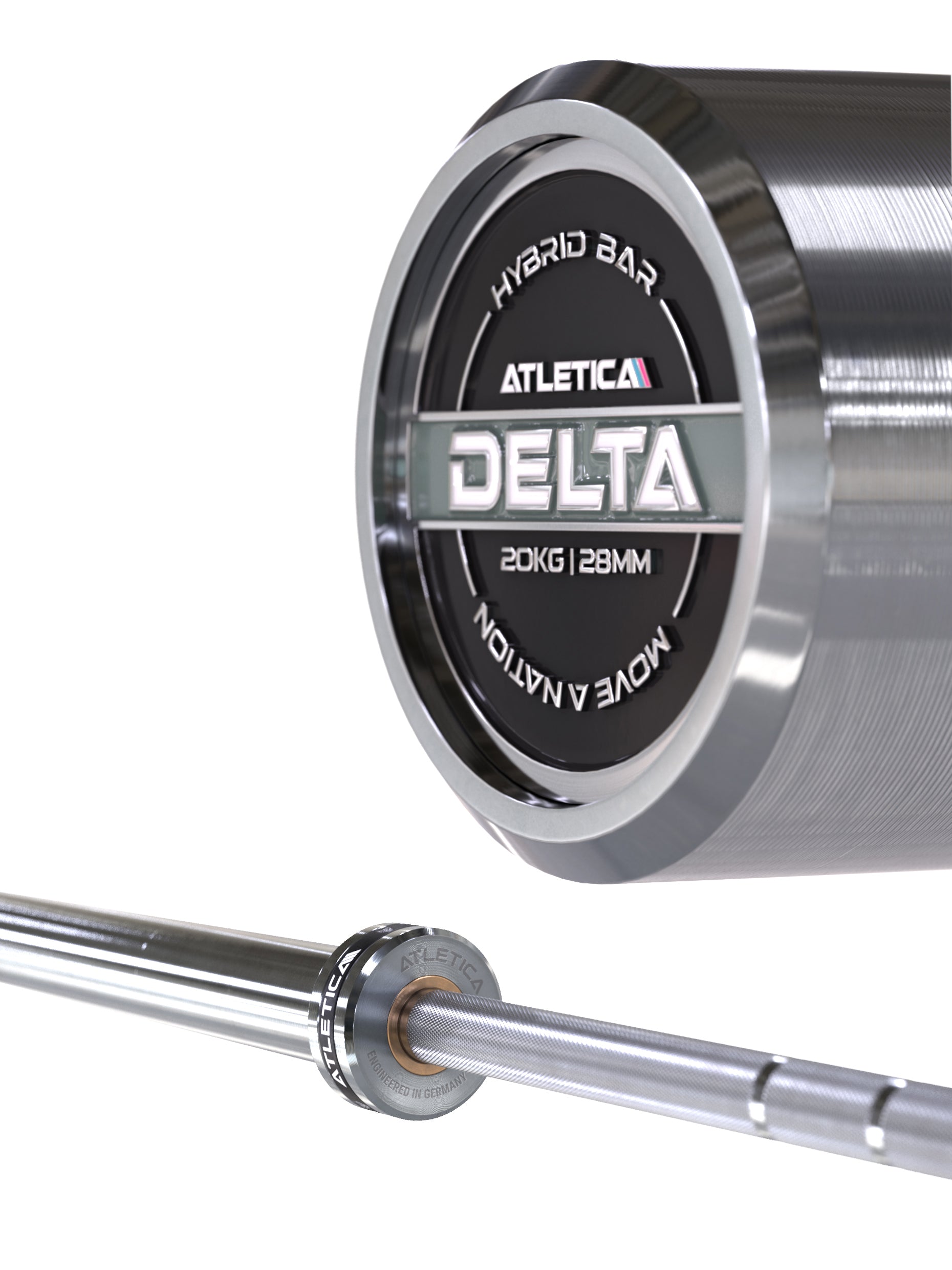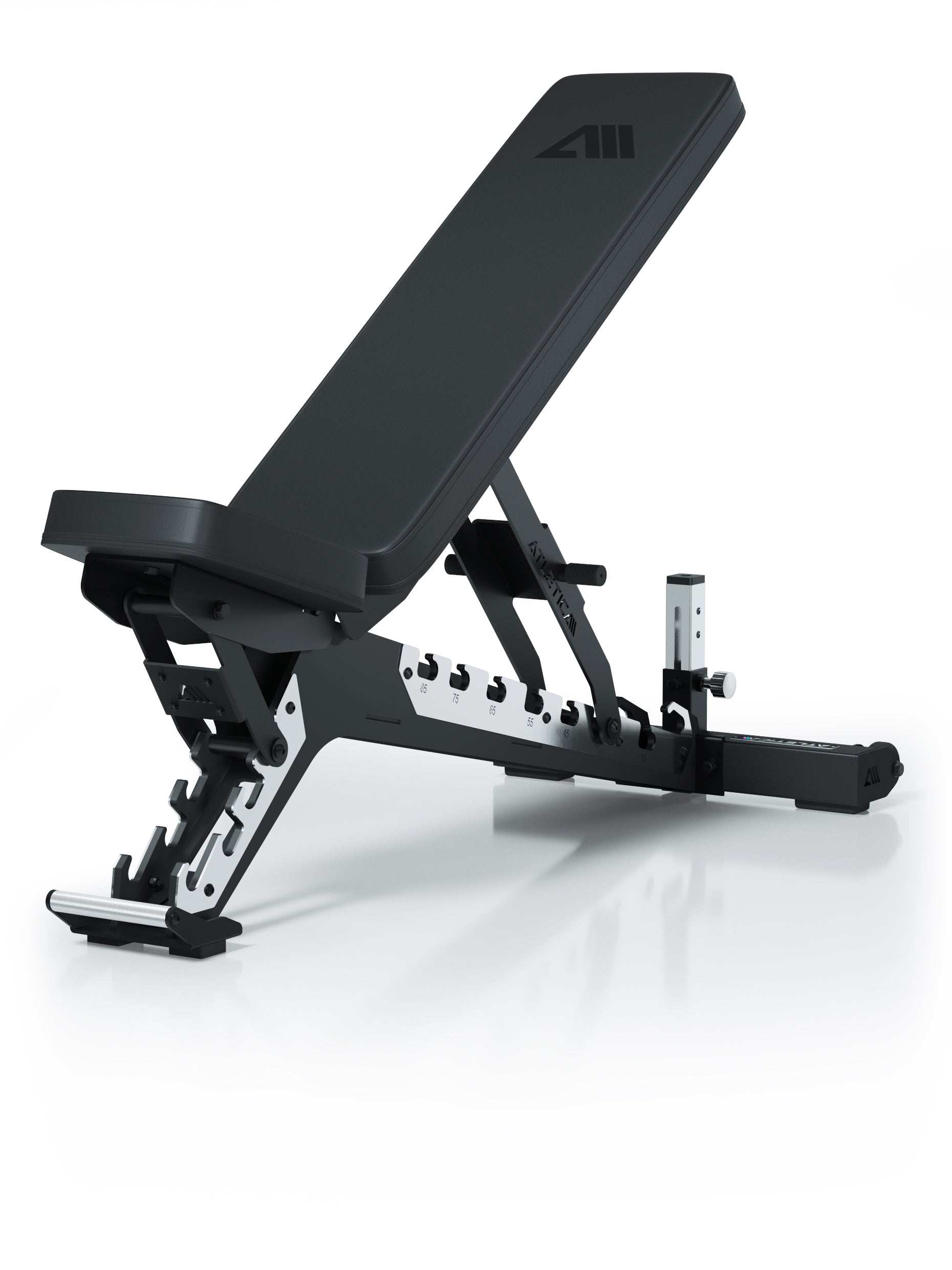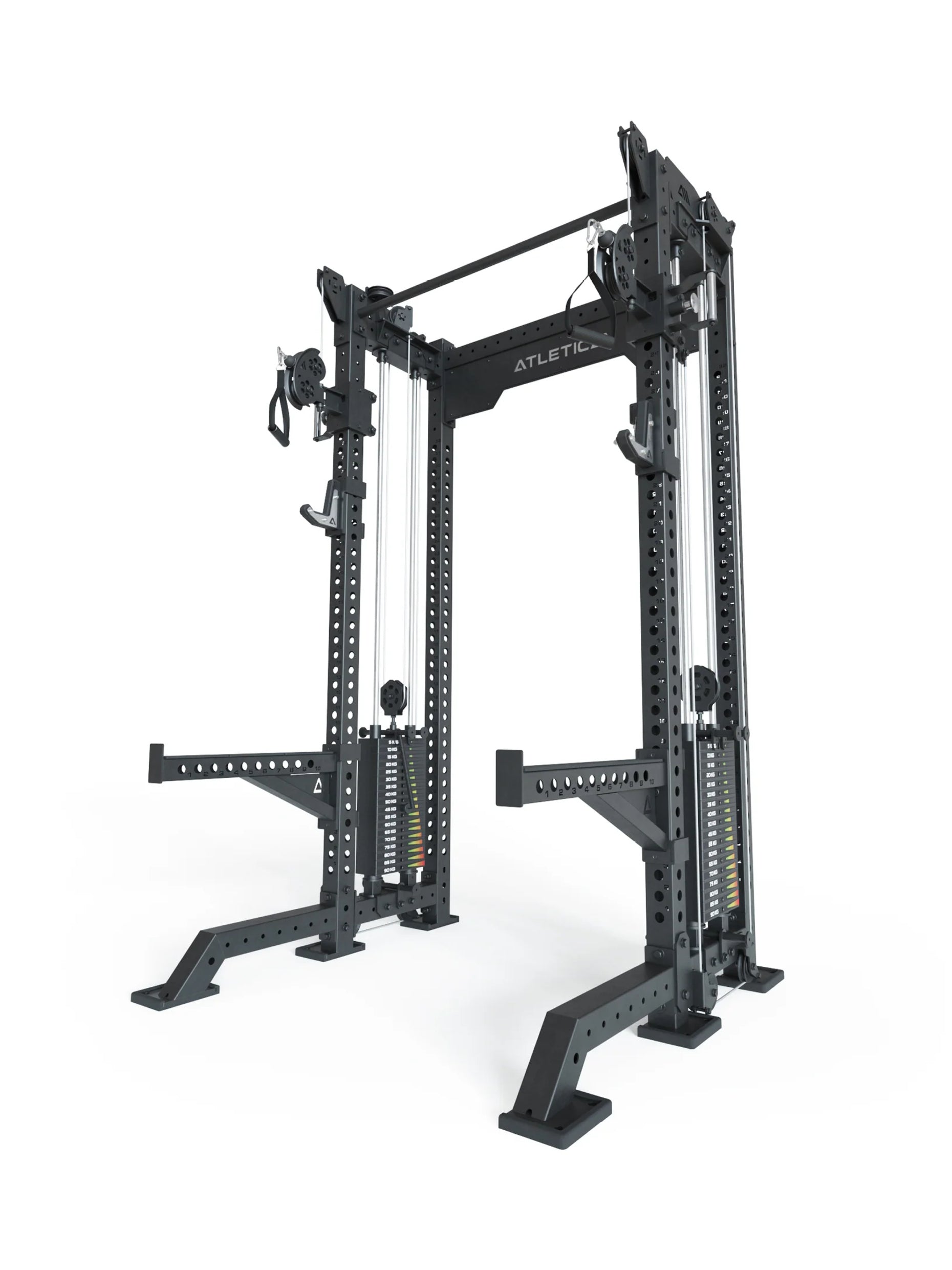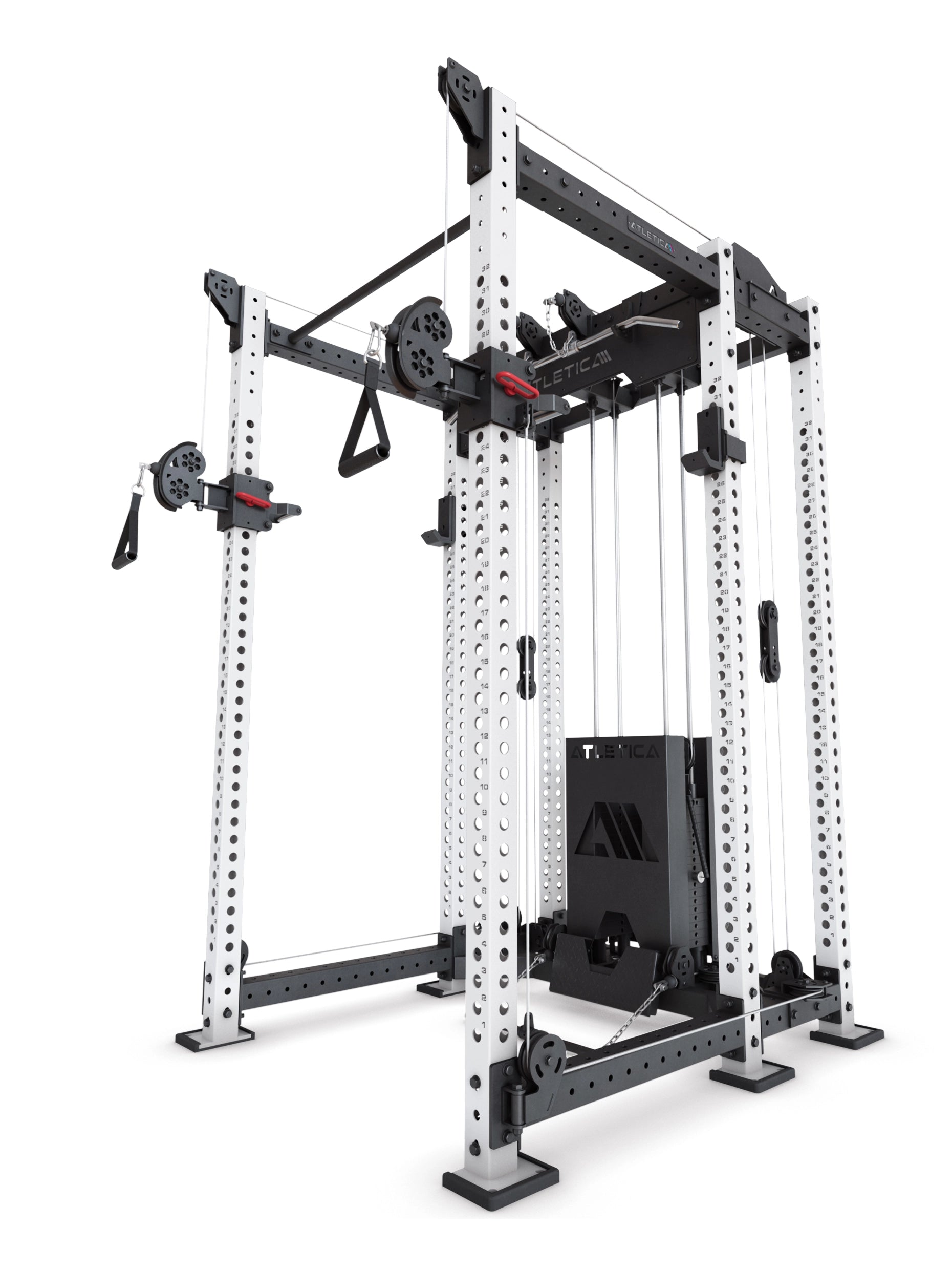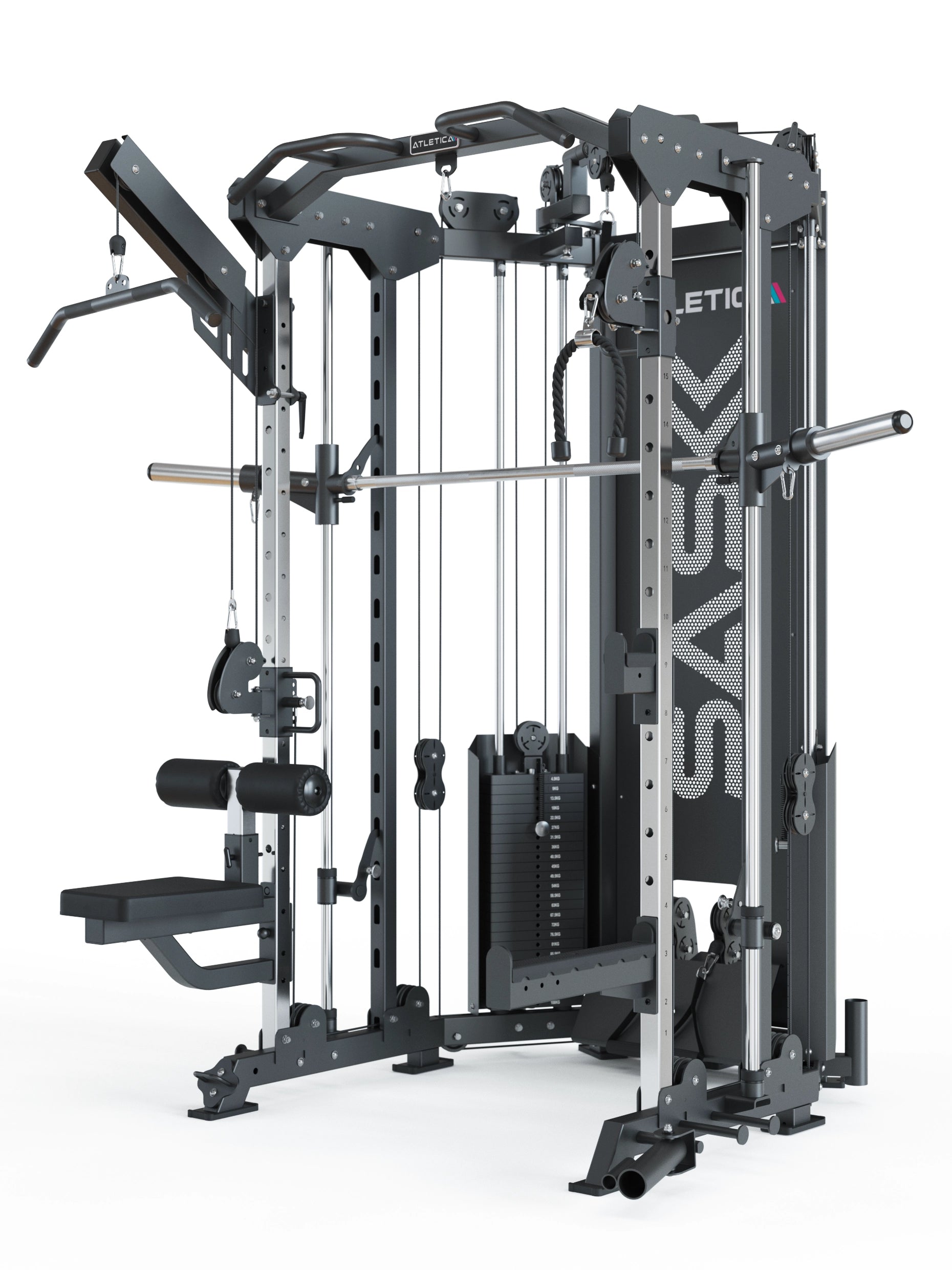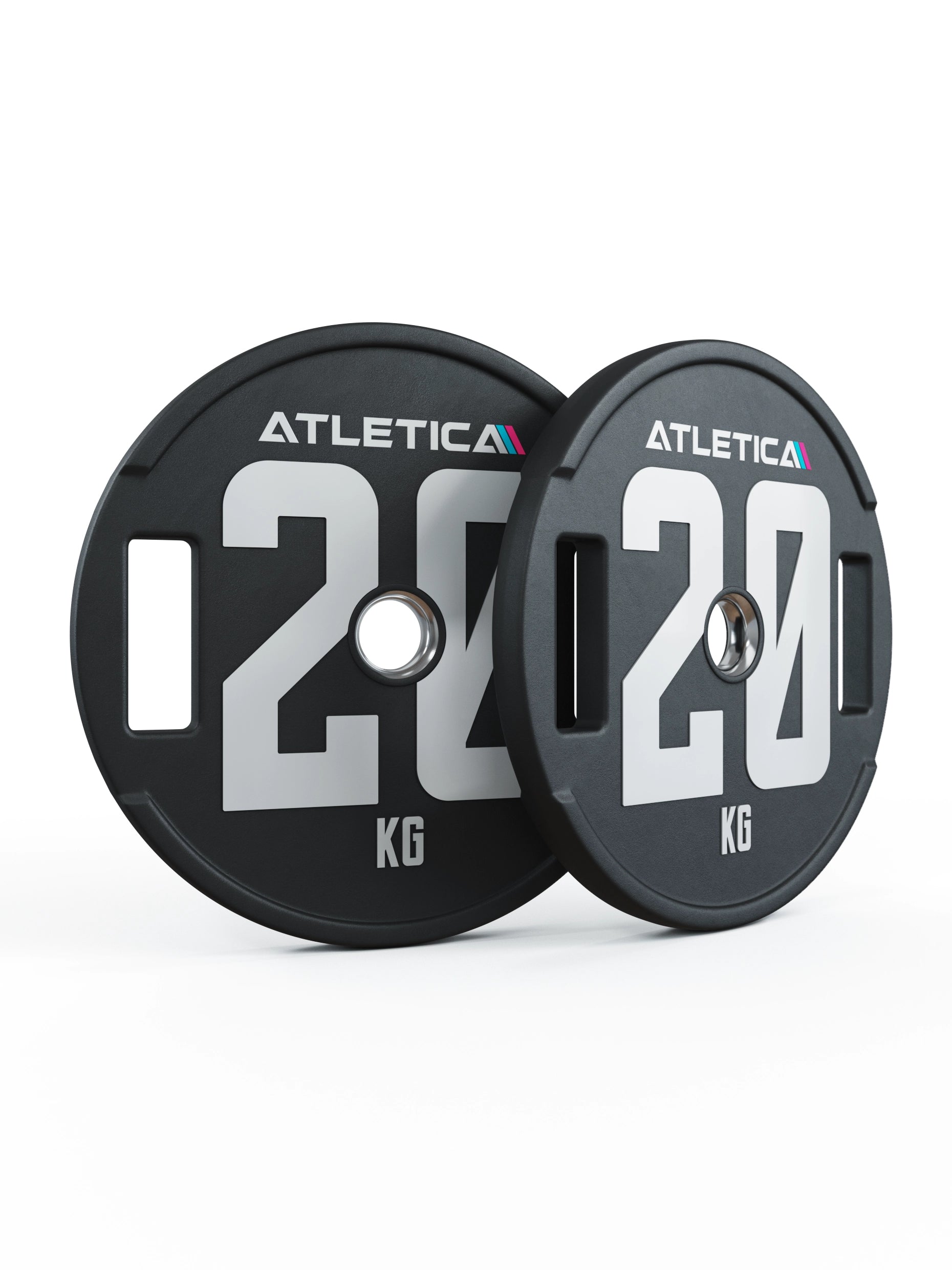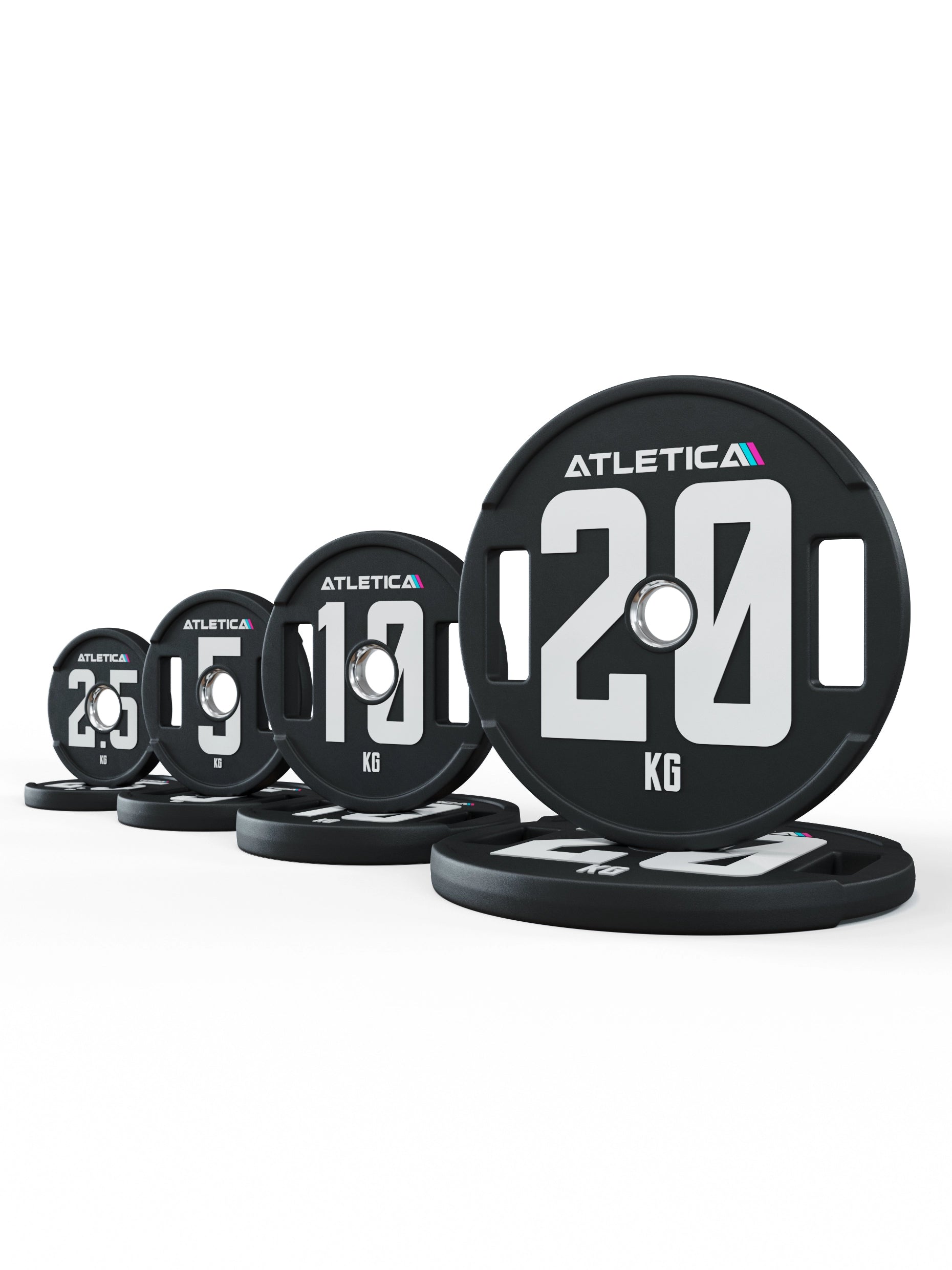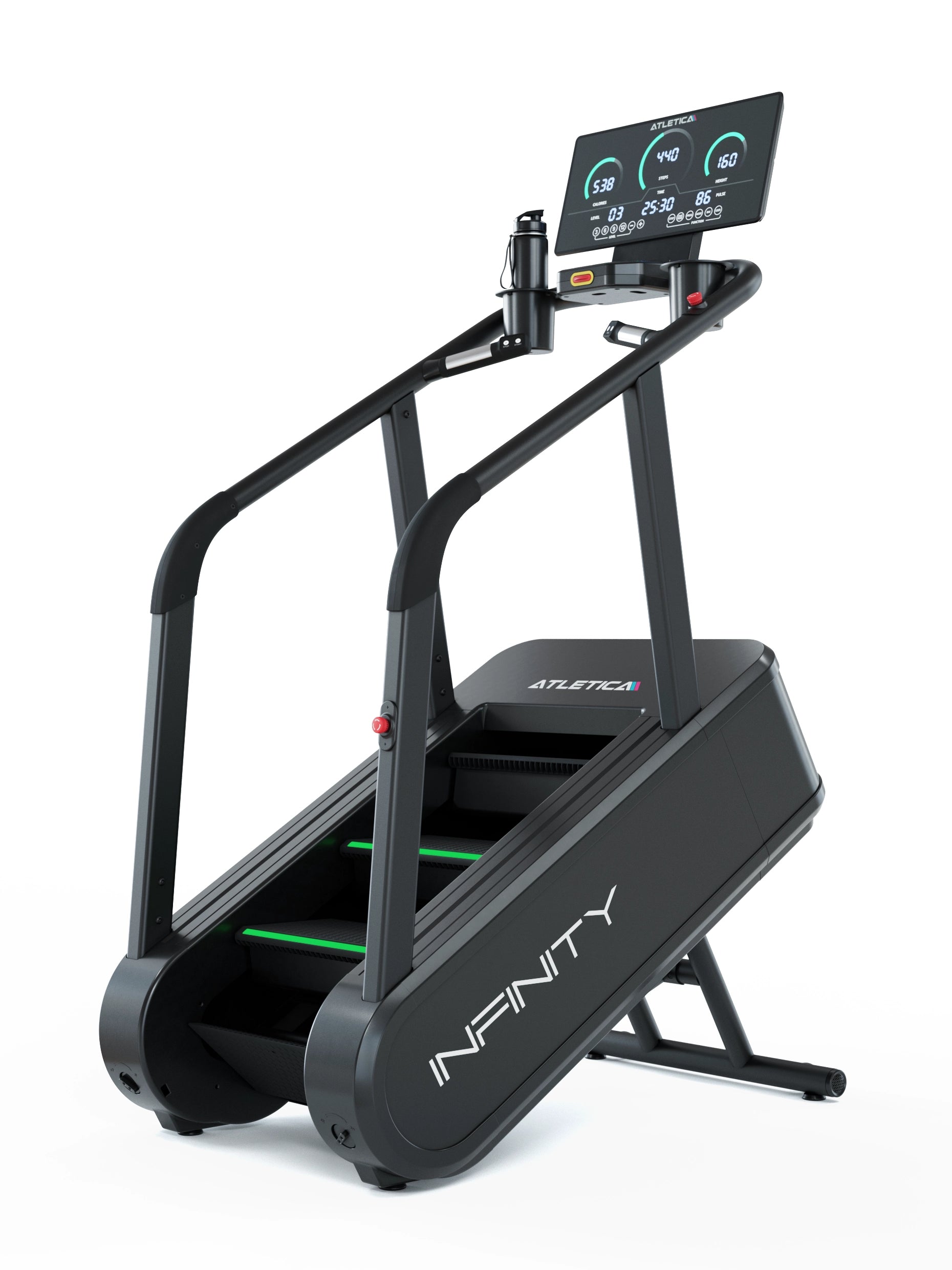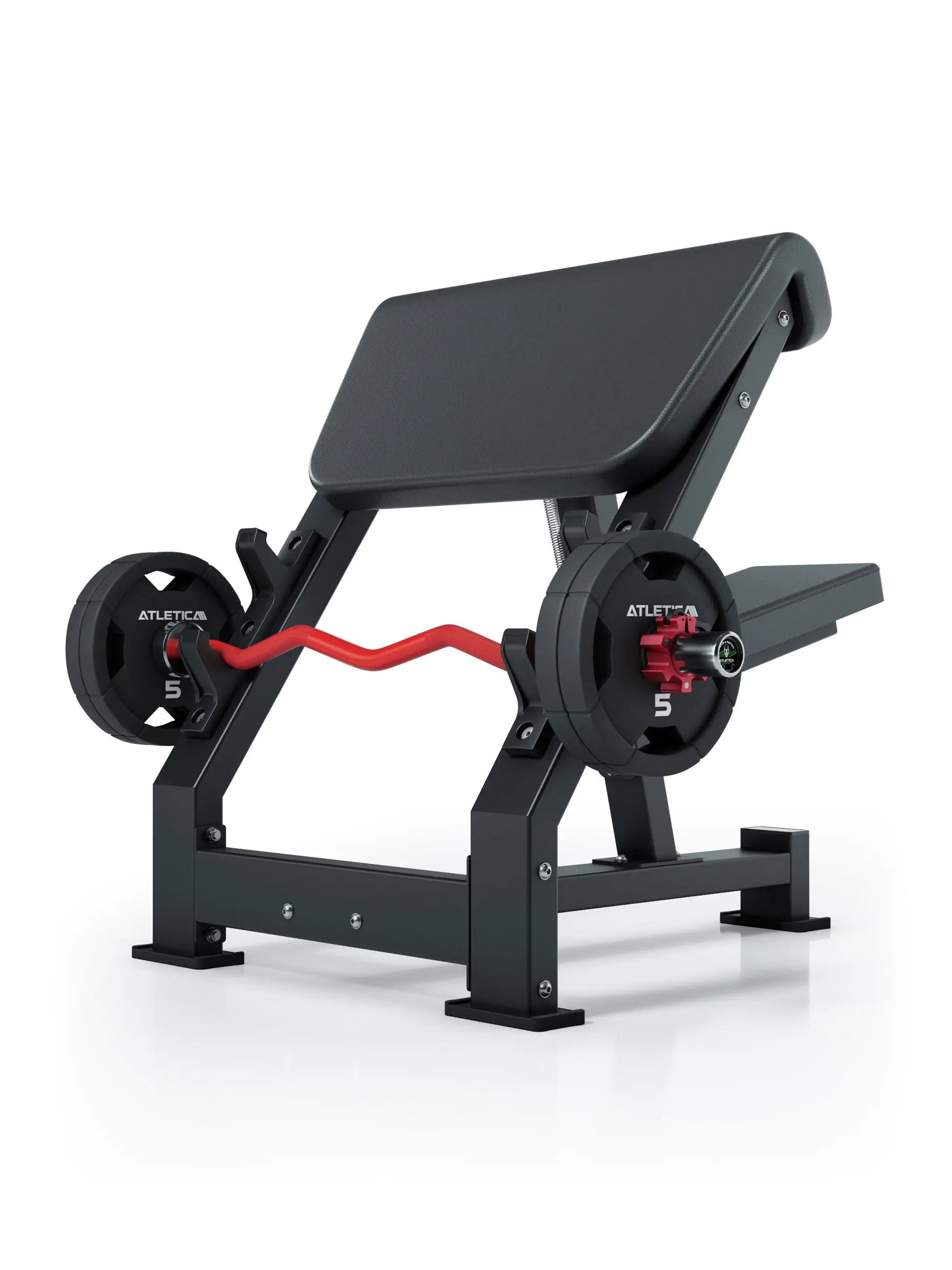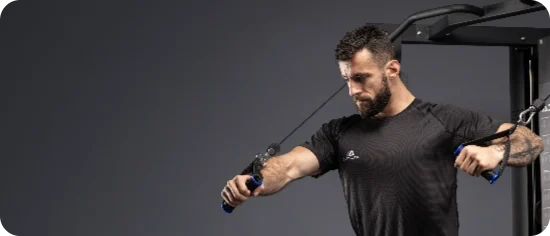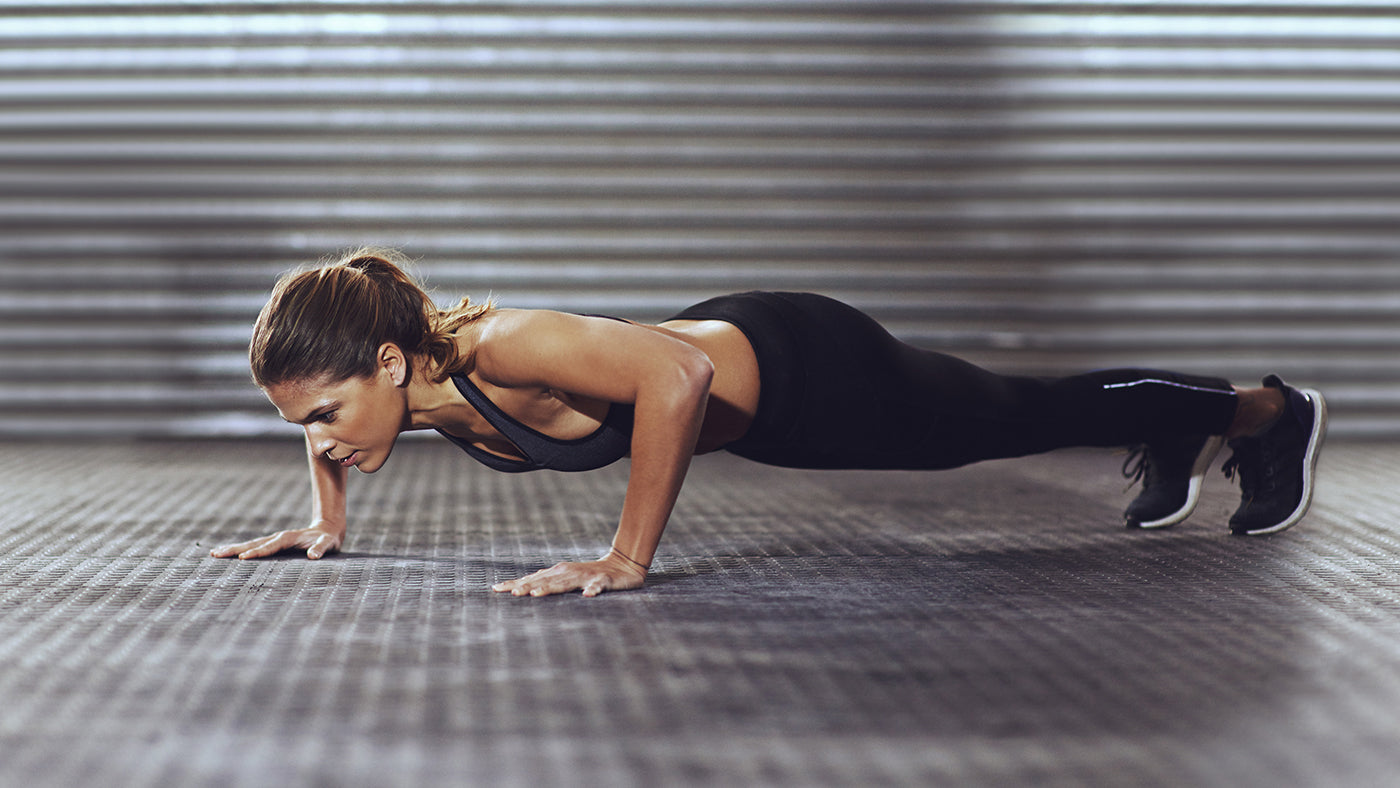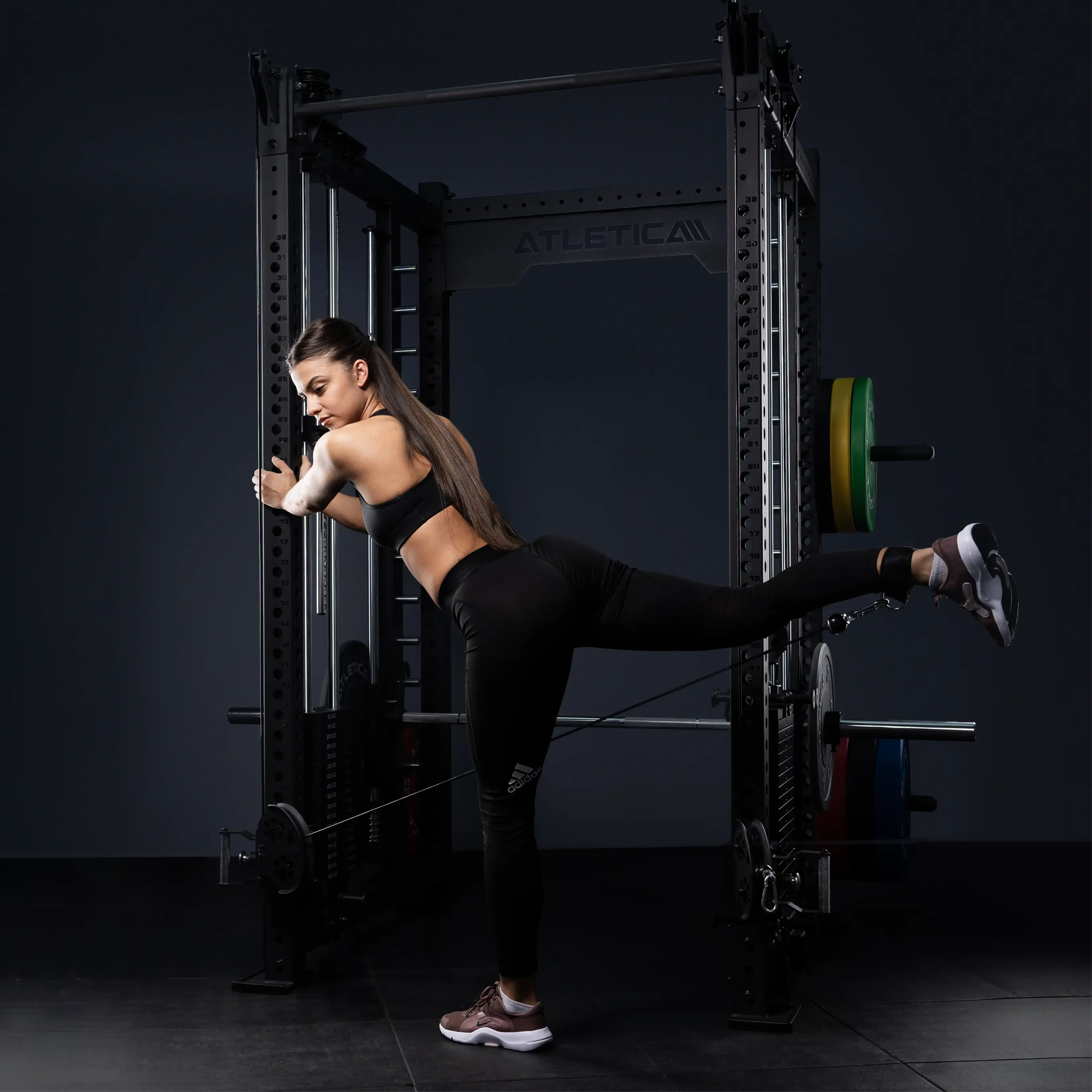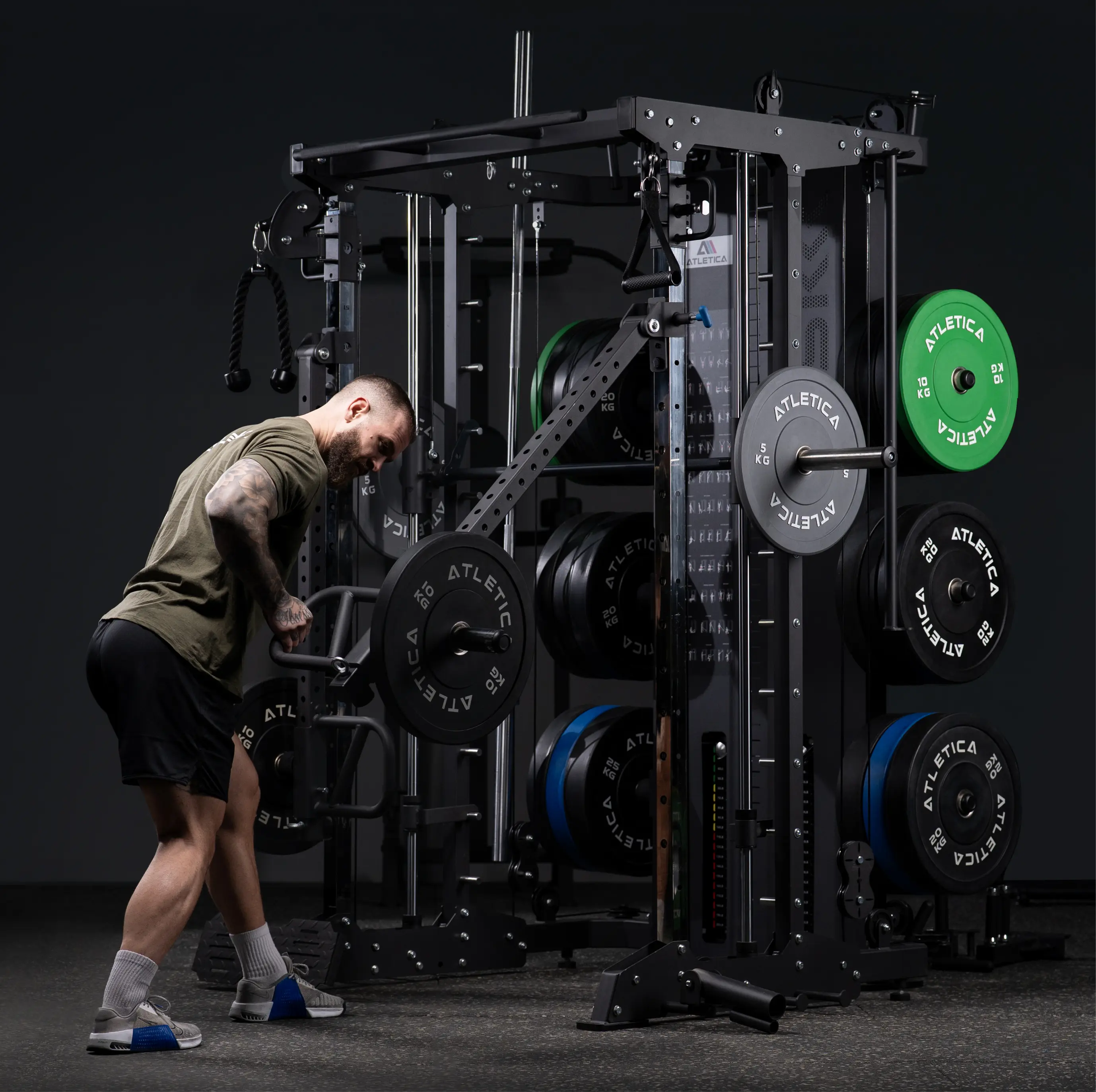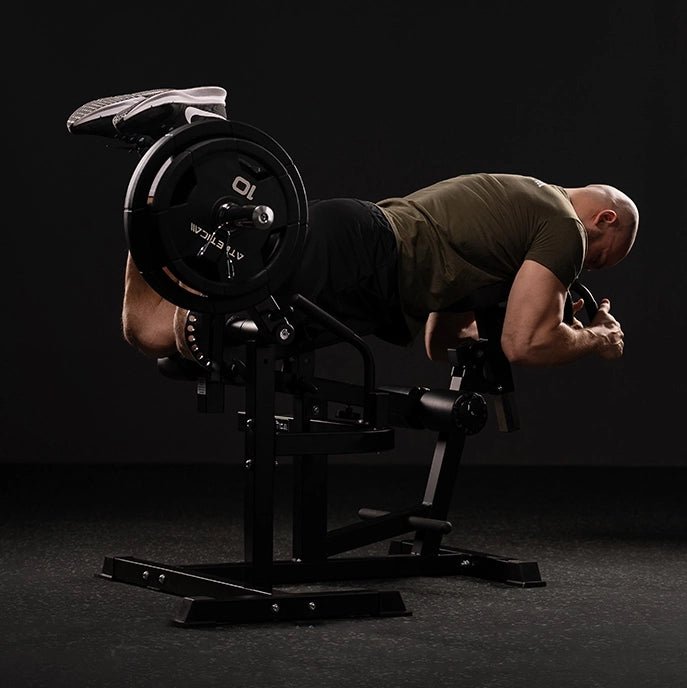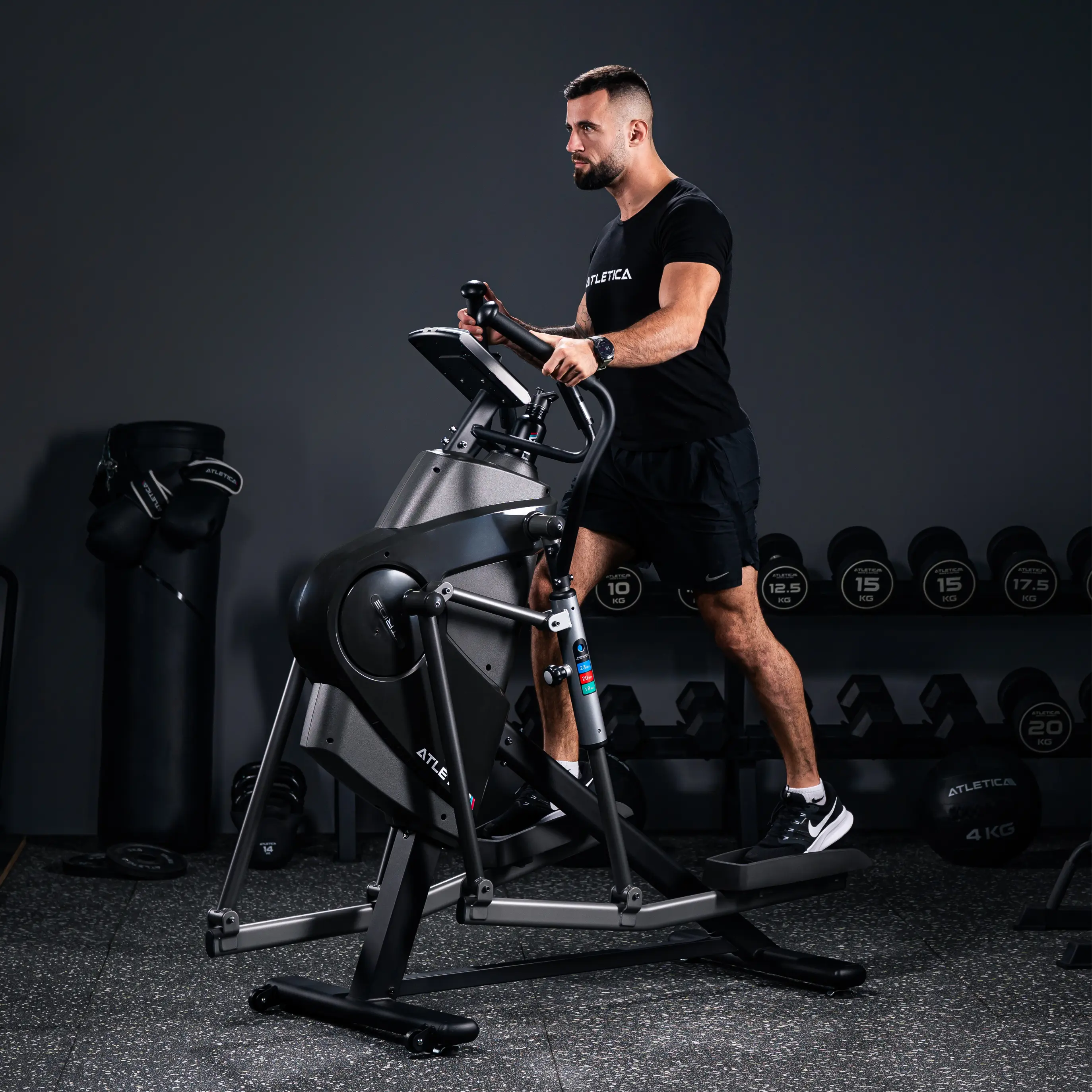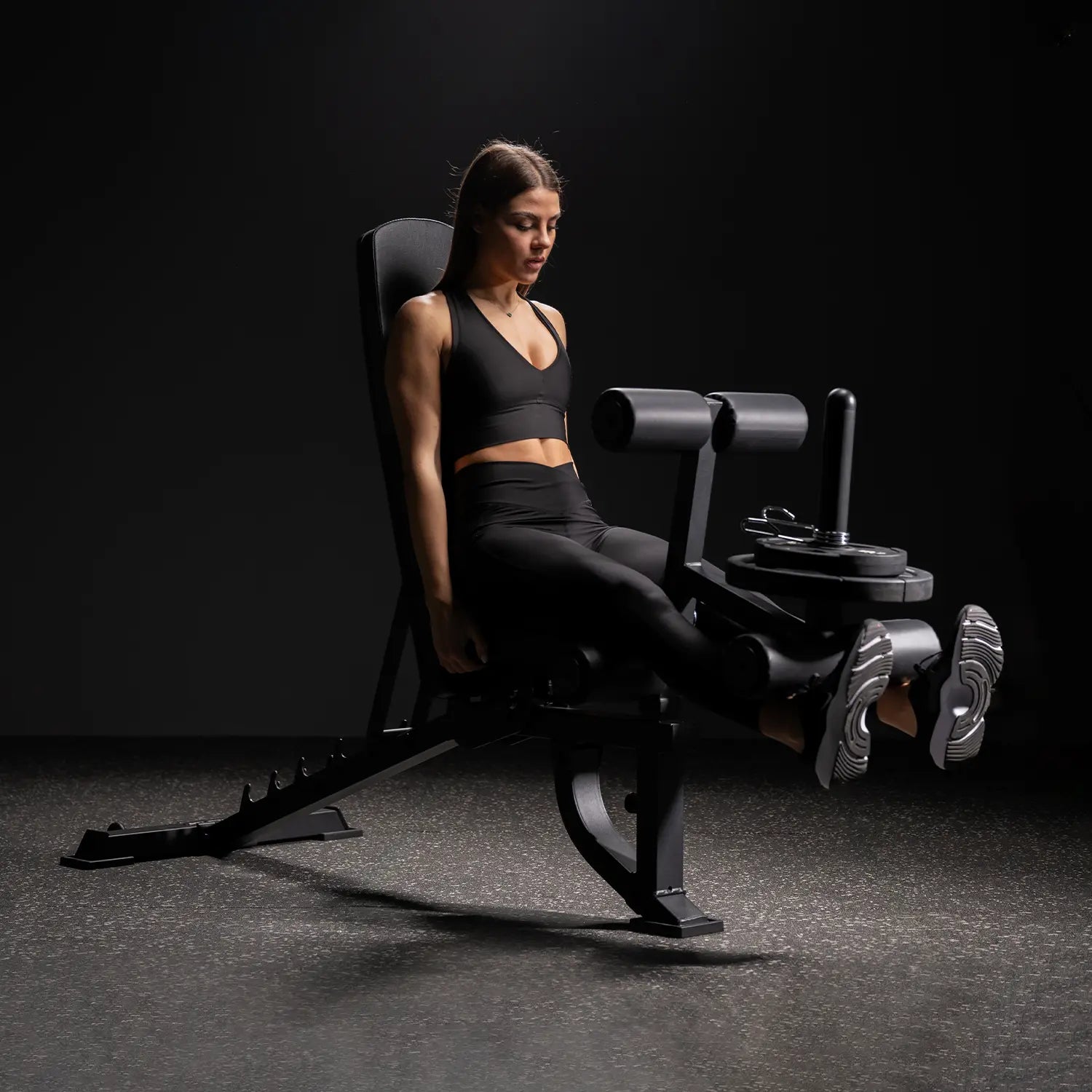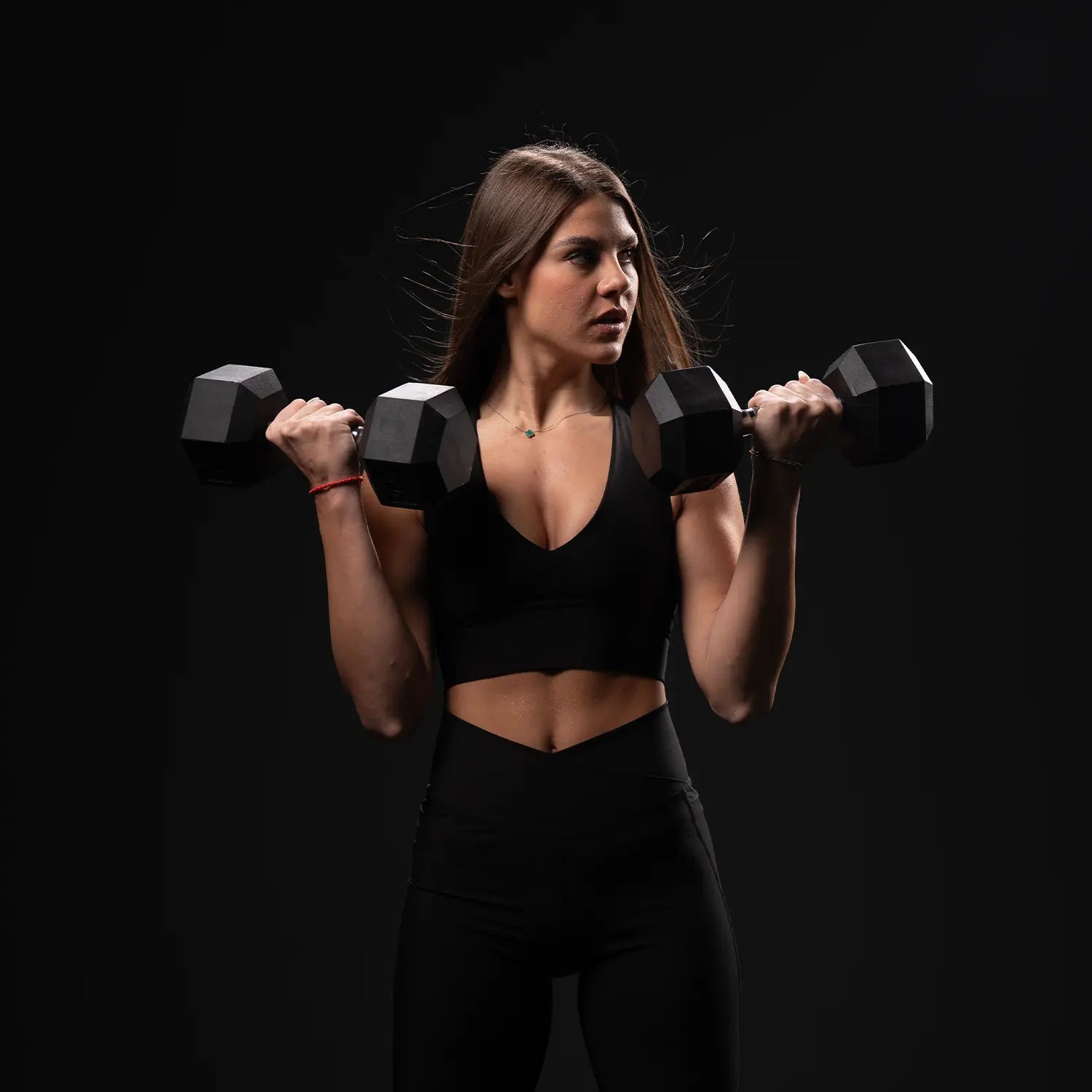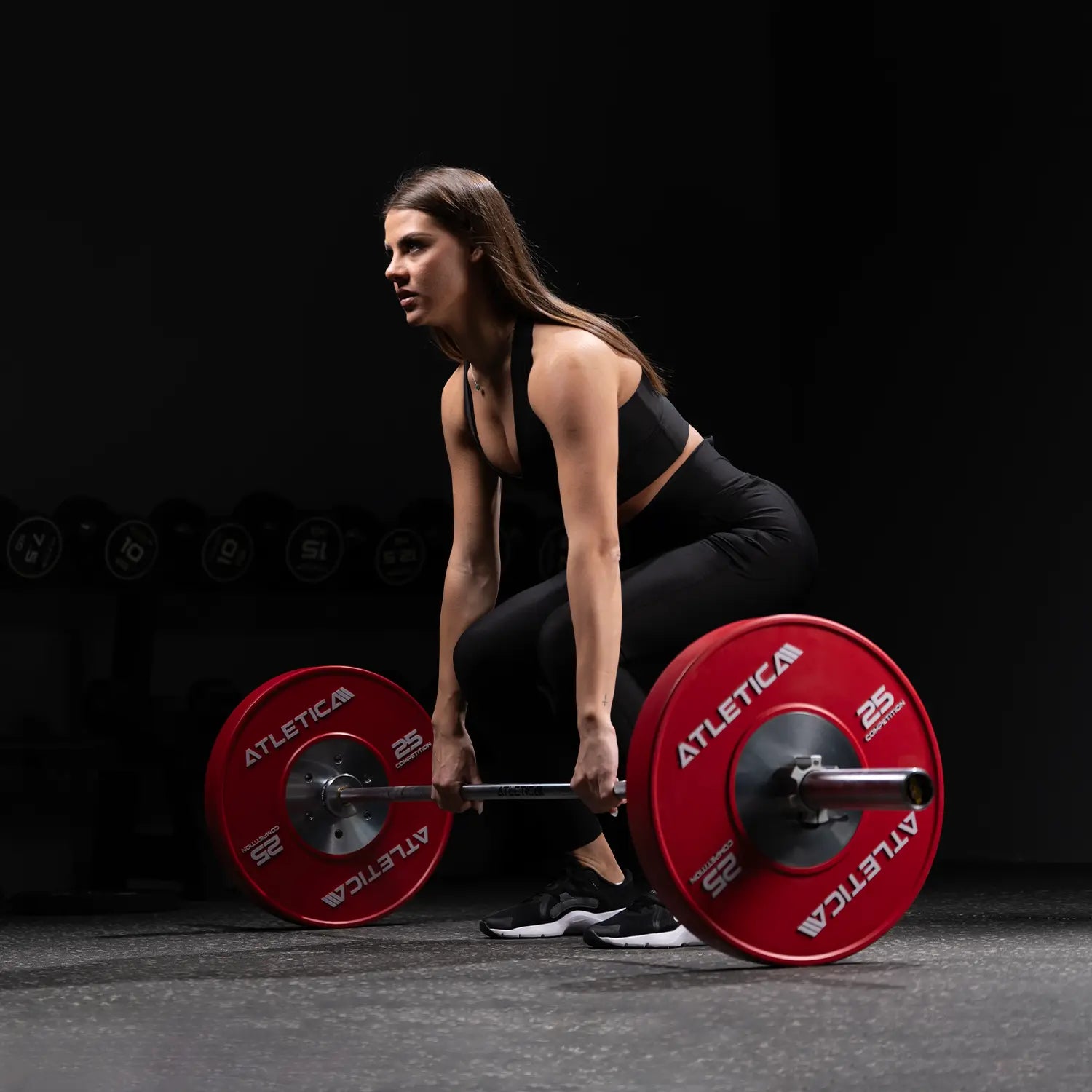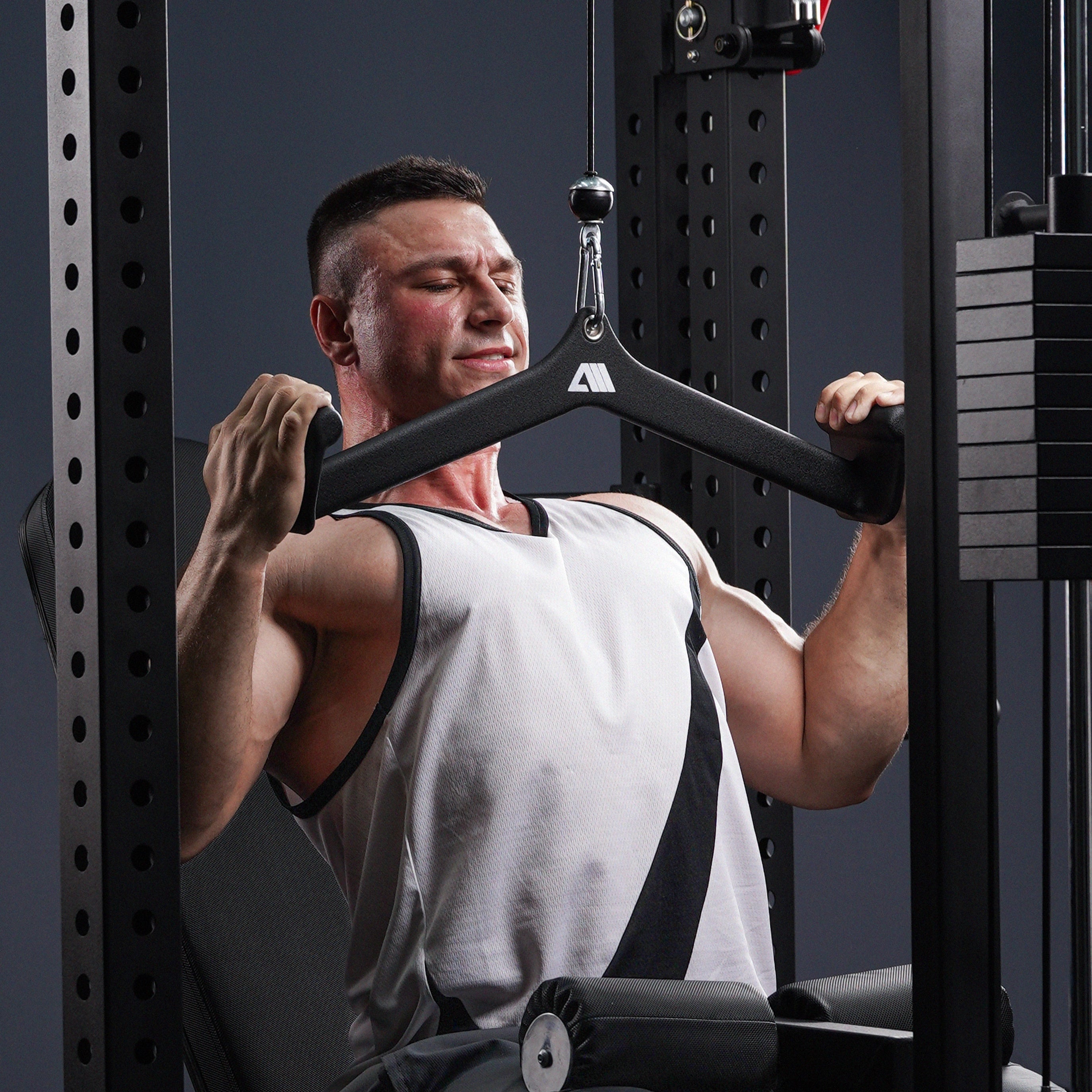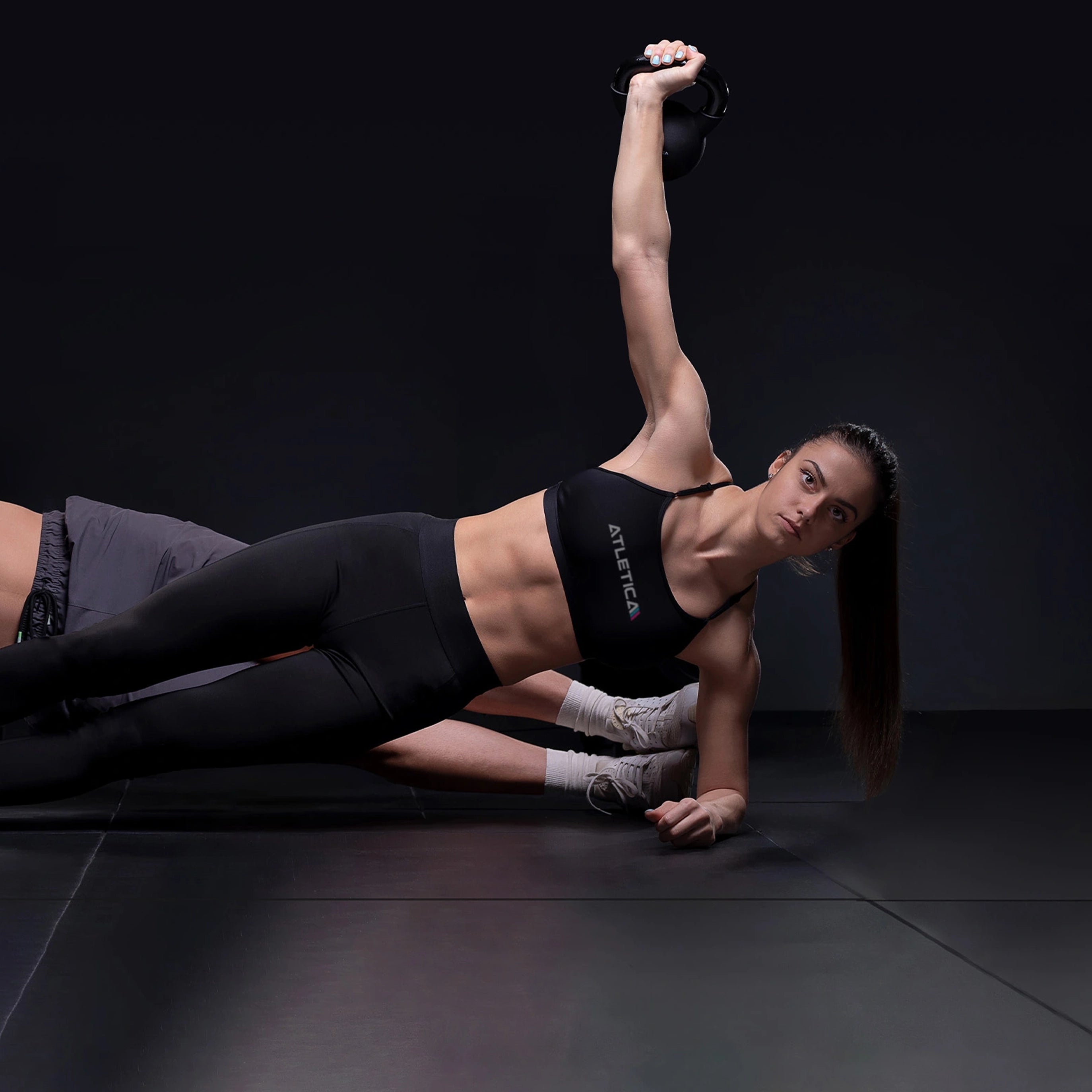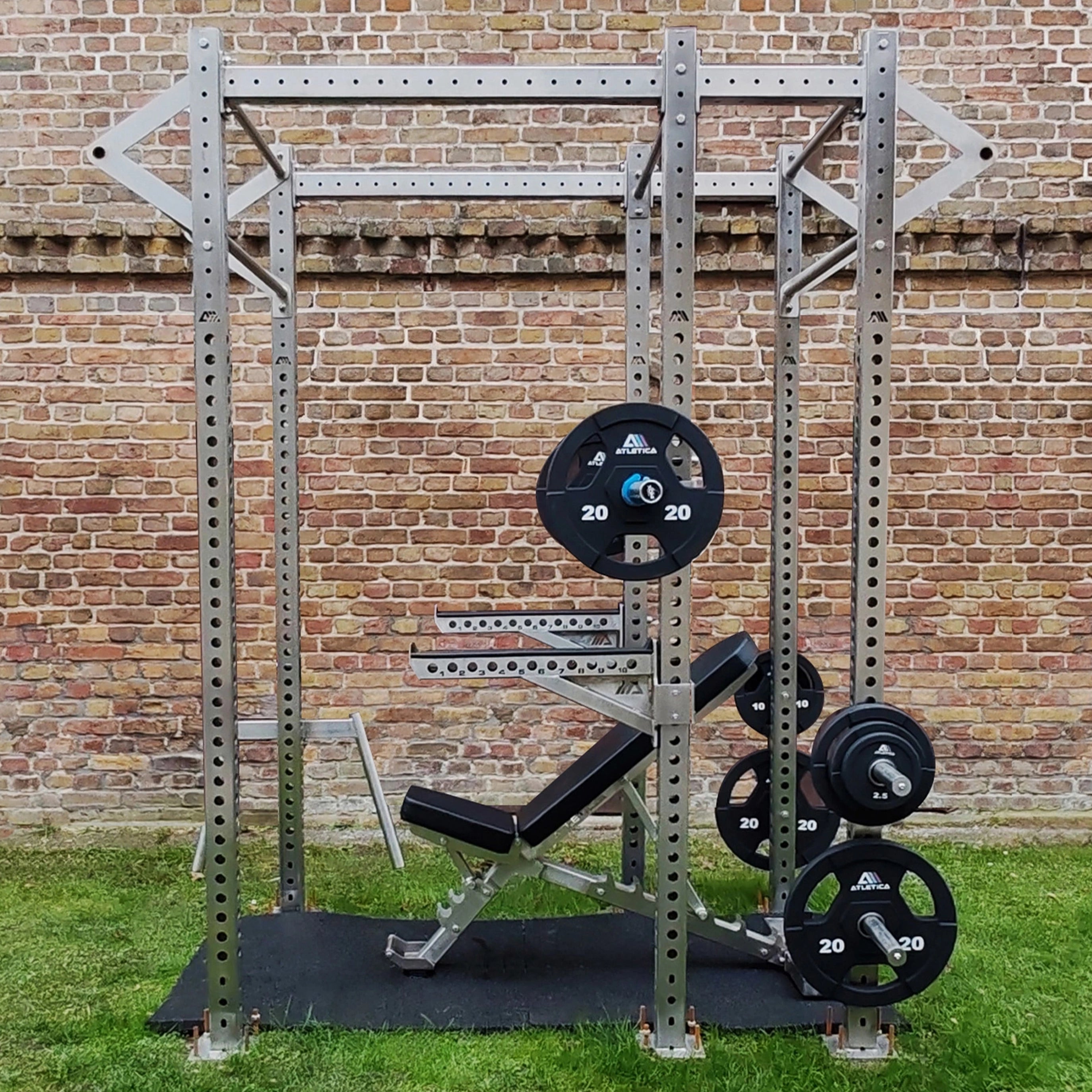Water aerobics is a form of low-impact exercise performed in shallow water—usually in a pleasantly warm swimming pool. Classic gymnastic exercises are intensified by the water's natural resistance. The water supports part of your body weight, relieving pressure on joints, tendons, and ligaments.

The target groups are diverse:
- People with back, knee or hip problems
- Seniors who want to stay active
- Rehabilitation patients after injuries or operations
- Overweight people who move more safely in the water
- Sports beginners or people with limited mobility
Water gymnastics is a holistic workout for body and mind – with a low risk of injury and a high feel-good factor.
The benefits of water aerobics at a glance
1. Gentle on joints and safe:
The water acts as a natural cushion. Exercises in water place up to 90% less strain on the joints than on land—ideal for osteoarthritis, rheumatism, or after surgery.
2. Effective muscle resistance:
Water offers constant resistance in all directions, meaning every movement automatically becomes a strength training exercise – without weights.
3. Improve coordination and balance:
Training in water strengthens the deep muscles because the body must constantly stabilize against currents and waves.
4. Cardiovascular training included:
Exercise in water trains the cardiovascular system without raising the heart rate to dangerous levels – ideal for people with high blood pressure or heart problems.
5. Mental relaxation:
The element of water has a calming effect. Many participants report stress reduction, better sleep, and a pleasant physical feeling after training.

Classic exercises in water gymnastics
The exercises are generally simple, effective, and adaptable. Here are some examples:
Lateral leg raises:
While standing, raise one leg to the side and slowly lower it. Strengthens the hips and buttocks.
Aqua jogging:
Running in water – with or without a buoyancy belt. Perfect for endurance training.
Arms circling underwater:
Promotes shoulder mobility and trains the upper body .
Alternating knee raises:
Pull knees up to hips. Combines balance and abdominal muscles.
Pool noodle shoulder pulls:
Press arms down with noodle – strengthens chest and back.
Such exercises can be performed in groups or alone – with music or in meditative silence.

Equipment in water gymnastics
Training aids are also used in the water – e.g. a.:
- Pool noodles : For buoyancy, balance and arm training
- Swimming gloves or paddles : Increase water resistance
- Aqua belt : For free floating during aqua jogging
- Aqua dumbbells : Made of foam, for targeted strength training under water
If you train regularly, you can target specific muscle groups and increase the intensity.
Water aerobics and training on land: The perfect combination
As effective as training in the water is, some muscle groups, especially in the back, chest, or shoulder area, also benefit from exercises on land. This is where Atletica comes in.
You can enhance the effects of water gymnastics with targeted strength exercises:
Examples of supplementation on land:
- Rowing with resistance bands for the back muscles → Resistance Bands
- Shoulder circles and reverse flys with mini bands to improve shoulder joint stability
- Core training with fascia roll for deep relaxation → Fascia Tools
- Inclined crunches or bridge on a weight bench to activate the core → Weight bench B10

This is an ideal way to complement your water aerobics training – especially on days when you ca n’t go to the swimming pool.
How often should you do water aerobics?
For visible and noticeable results, experts recommend:
- 2–3 training sessions per week
- 30 –60 minutes each
- With warm-up and cool-down in the water or on land
In case of illness or limitations, training should be coordinated with a physiotherapist or sports doctor.
Who is water aerobics (not) suitable for?
Water aerobics is generally safe for most people. However, there are exceptions:
Not suitable for:
- Acute inflammation or infections
- Open wounds or skin problems
- Severe heart failure (only under medical supervision)
- Strong fear of water
In such cases, supplementary home training with the right tools from Atletica can be a sensible alternative.
How to start with water aerobics – step by step
- Find a course near you – swimming pools or rehabilitation centers often offer groups.
- Or start at home with simple movements in the bathtub or garden pool.
- Additionally, use equipment from Atletica to improve your posture, stability and muscle strength on land.
- Document your progress – for example with a training plan or an app.
- Pay attention to your recovery – especially important for rehabilitation or senior training.

Conclusion: Water gymnastics – gentle, effective and versatile
Water aerobics is an excellent introduction to regular exercise – especially for people with joint problems, obesity, or those recovering from injuries. It strengthens, stabilizes, relaxes, and, above all, is fun.
Your training program will be even more effective if you combine water exercises with targeted strength training on land. Products like the mini bands, the B10 adjustable weight bench, and fascia rollers will help you systematically build strength, flexibility, and body awareness.
Looking for more training tips, low-impact workouts, and high-quality equipment? Then browse the Atletica online shop or read our knowledge blog for even more inspiration. Water or land – we'll take your training to the next level.


